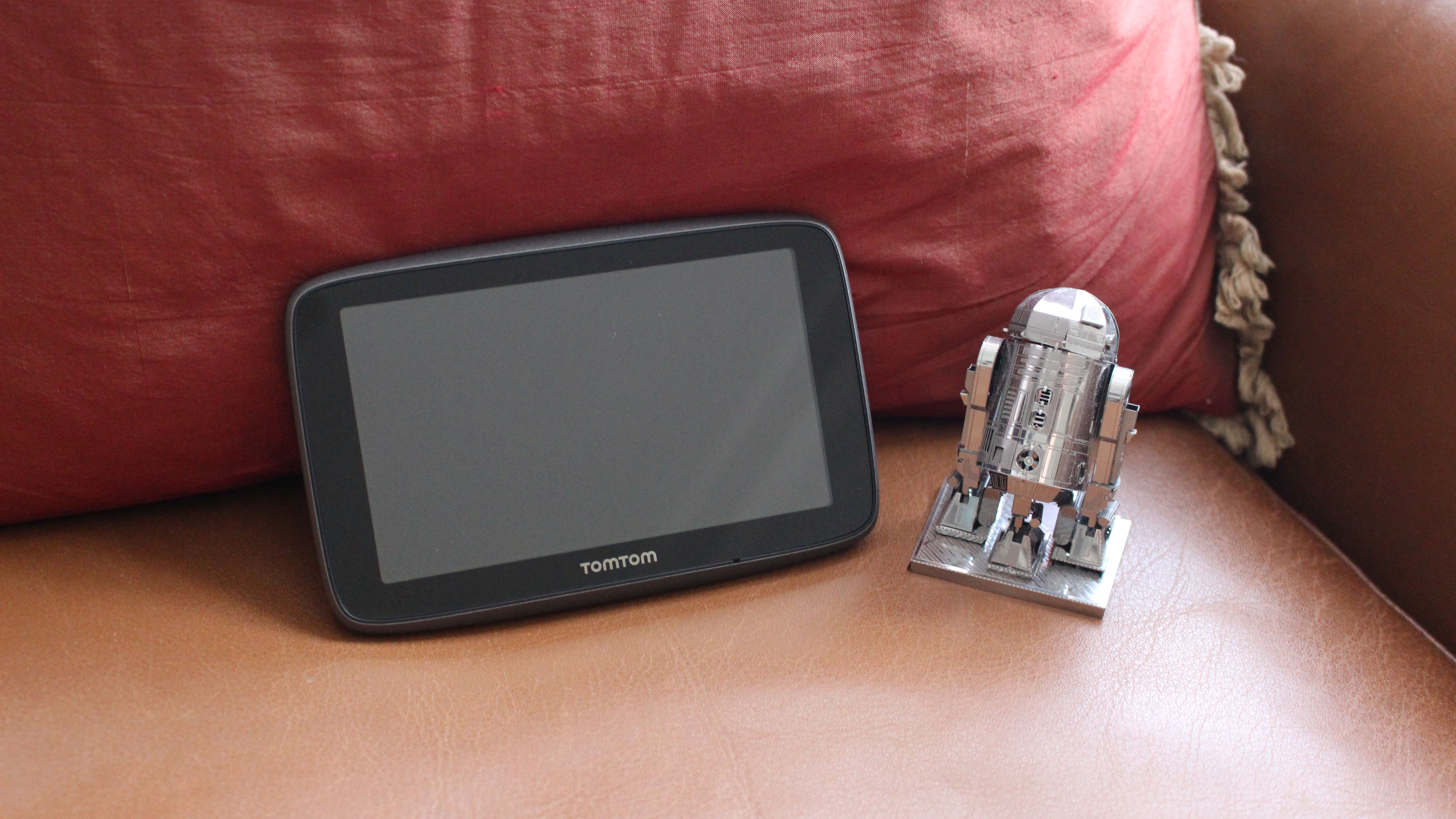TechRadar Verdict
The TomTom Go 5200 is a wonderful top-of-the-range sat nav that is a pleasure to use, with a bevy of additional features for the frequent driver. If you’re looking for a world-class driving aide, this is the one for you.
Pros
- +
Sophisticated phone integration
- +
Intuitive to use
- +
Accurate for its lifetime
Cons
- -
Screen feels delicate
- -
Voice controls leave something to be desired
- -
Expensive
Why you can trust TechRadar
The TomTom Go 5200 and its slightly bigger sibling the 6200, are the best that TomTom have to offer, and they are seriously impressive.
The controls are intuitive, the machine learning behind the scenes means your journey is smoother and shorter than it would otherwise be, and the integration with your phone means that you can read and reply to text messages without taking your eyes off the road.
Make no mistake, these developments come at a price. The 5200 and 6200 are the most expensive models that TomTom makes.
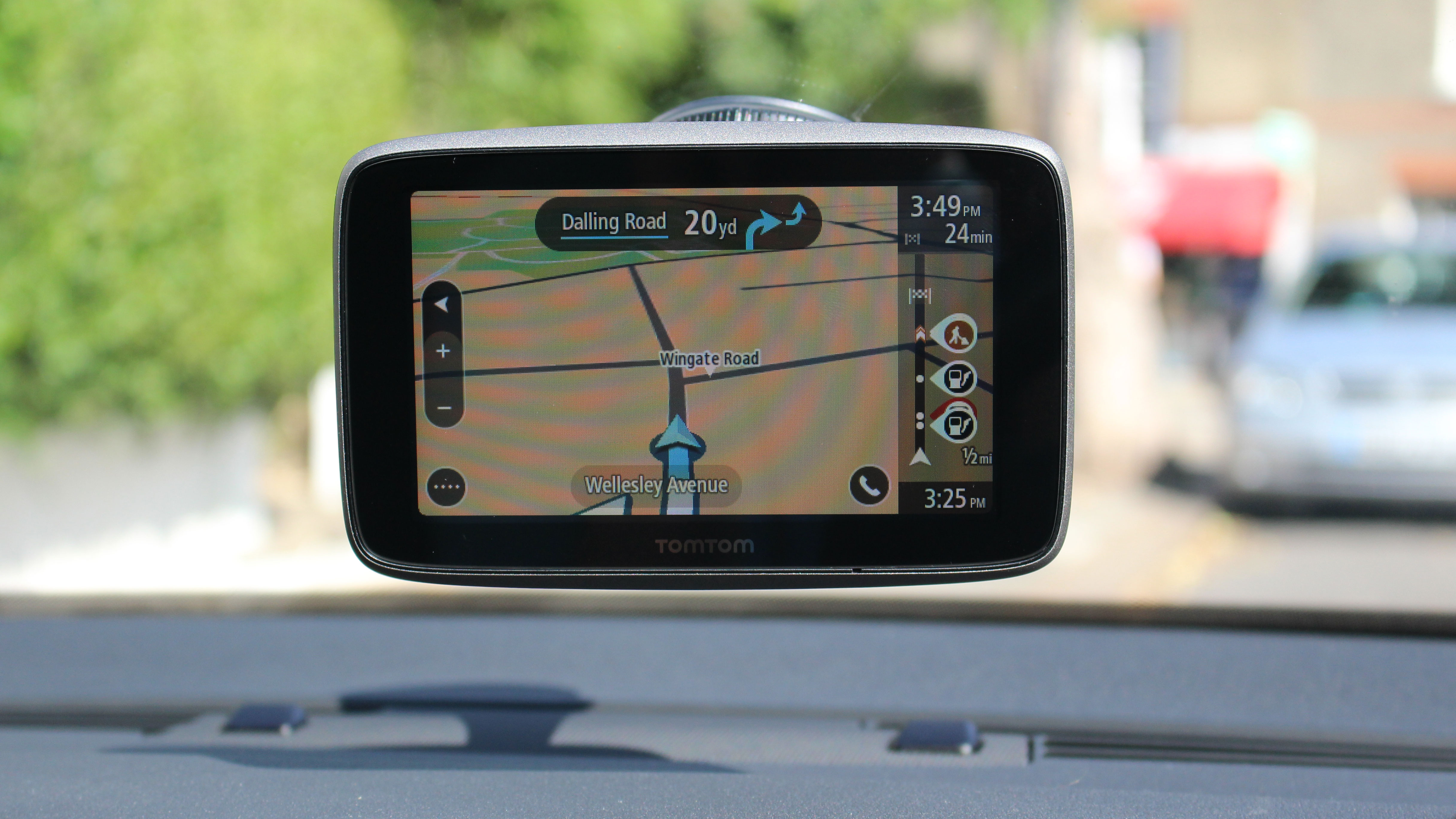
One thing that does take the edge off that price tag is the fact that both of these devices include lifetime subscriptions to all maps worldwide, all traffic update services, and speed camera alerts.
If you’re the sort of person that uses all these services, after a couple of years you will have recouped that spending in savings from annual subscriptions.
We realise that up until this point we haven’t mentioned the actual navigation, but on the 5200 the basics are done so well it’s easy to forget them. Long story short, this is a great sat nav.
- For the best GPS devices around, head to our best sat nav guide.
Design
The TomTom Go 5200 has a 5-inch touchscreen that sits neatly within a sleek plastic chassis. It feels solid in the hand, and the magnetic connection gives a reassuring click into a robust connection with the stand.
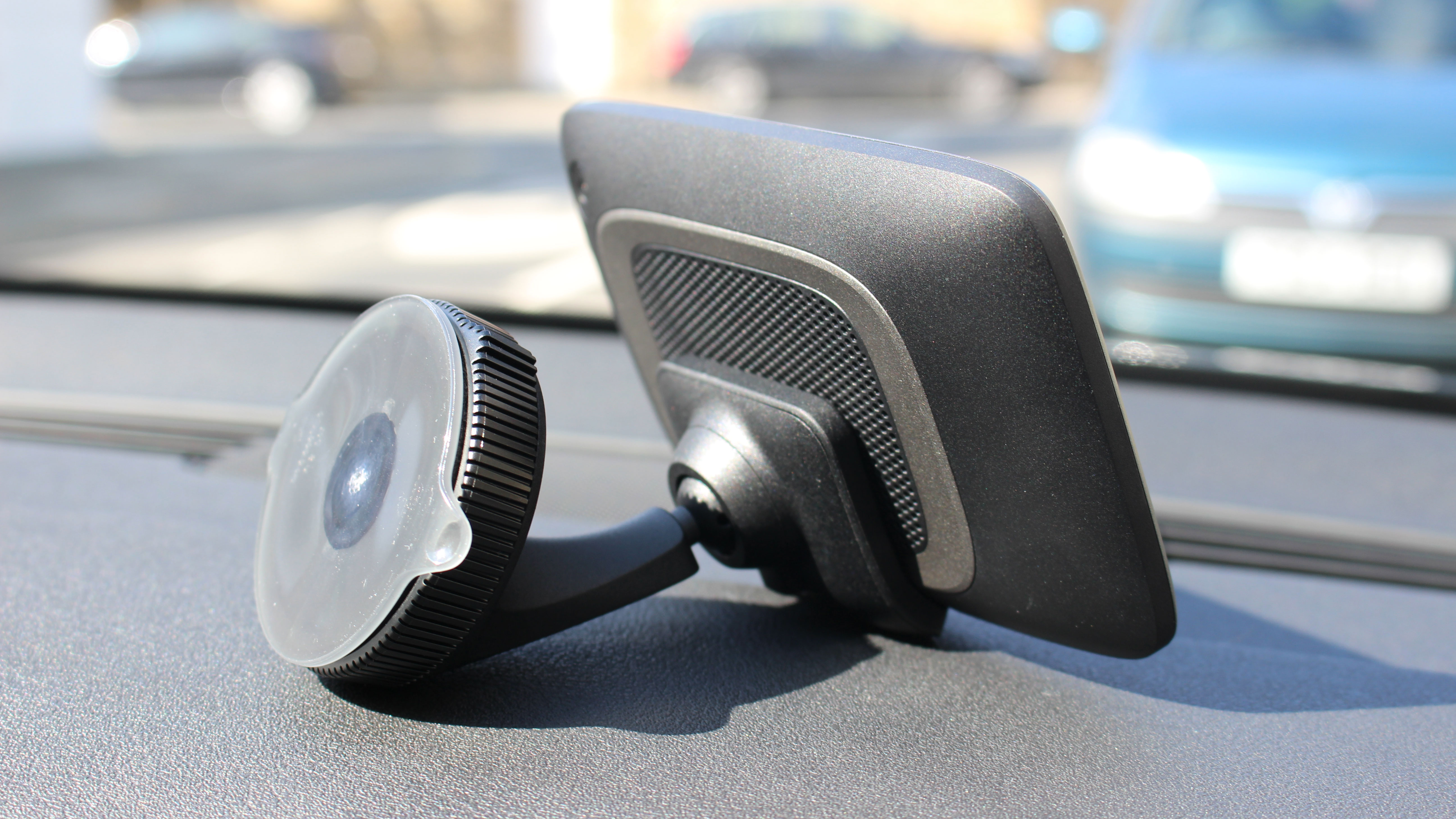
The stand then attaches to your windscreen using a system of a plunger and twisting lock mechanism that will be familiar to users of previous models of TomTom. The only minor gripe is that the twisting lock mechanism doesn’t have a ‘locked in’ position.
That said, the connection to the windscreen was totally firm, so the issue was more psychological than physical.
The 5200 has one single physical button on the back, and the rest of the controls are done using the touchscreen. Thankfully the touchscreen is capacitive, unlike the resistive touchscreen of the cheaper Via and Start models.
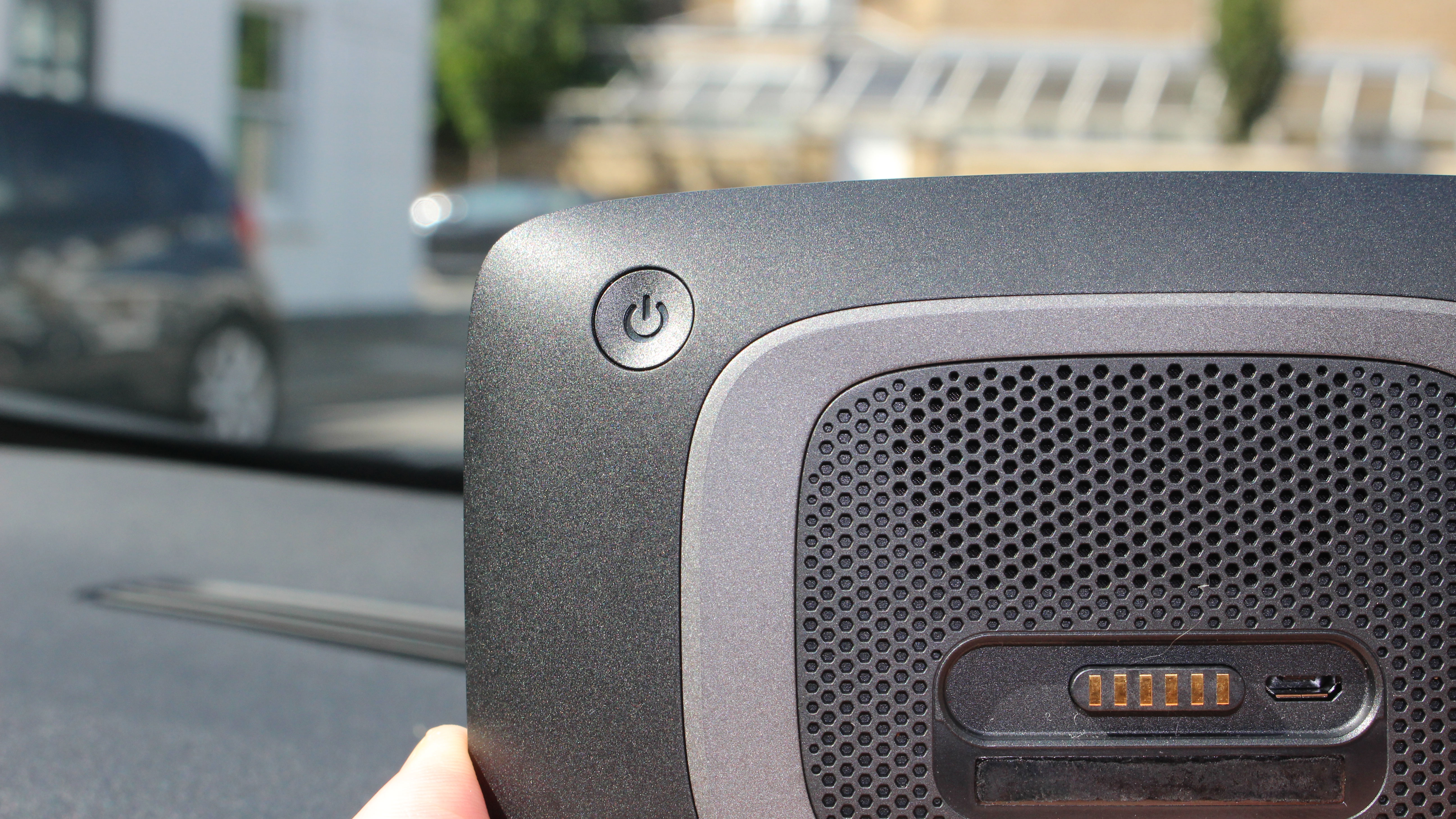
This means that it will feel a lot like your smartphone to operate. It responds quickly and accurately to touch, and allows for more complicated gestures like swiping through menus.
That may sound reductive, but when you are driving, having to focus on pressing on-screen buttons to scroll through menu options can be dangerously distracting.
The only drawback to the screen is that the glass screen feels more delicate than the resistive screens on the cheaper model, meaning you feel a little resistant to just chuck it in your glovebox.
The Go 5200 measures: 1.9 x 14.2 x 9.1 cm and weighs 200g, so is a little smaller and a little lighter than its same-size counterparts in the Via and Smart range.
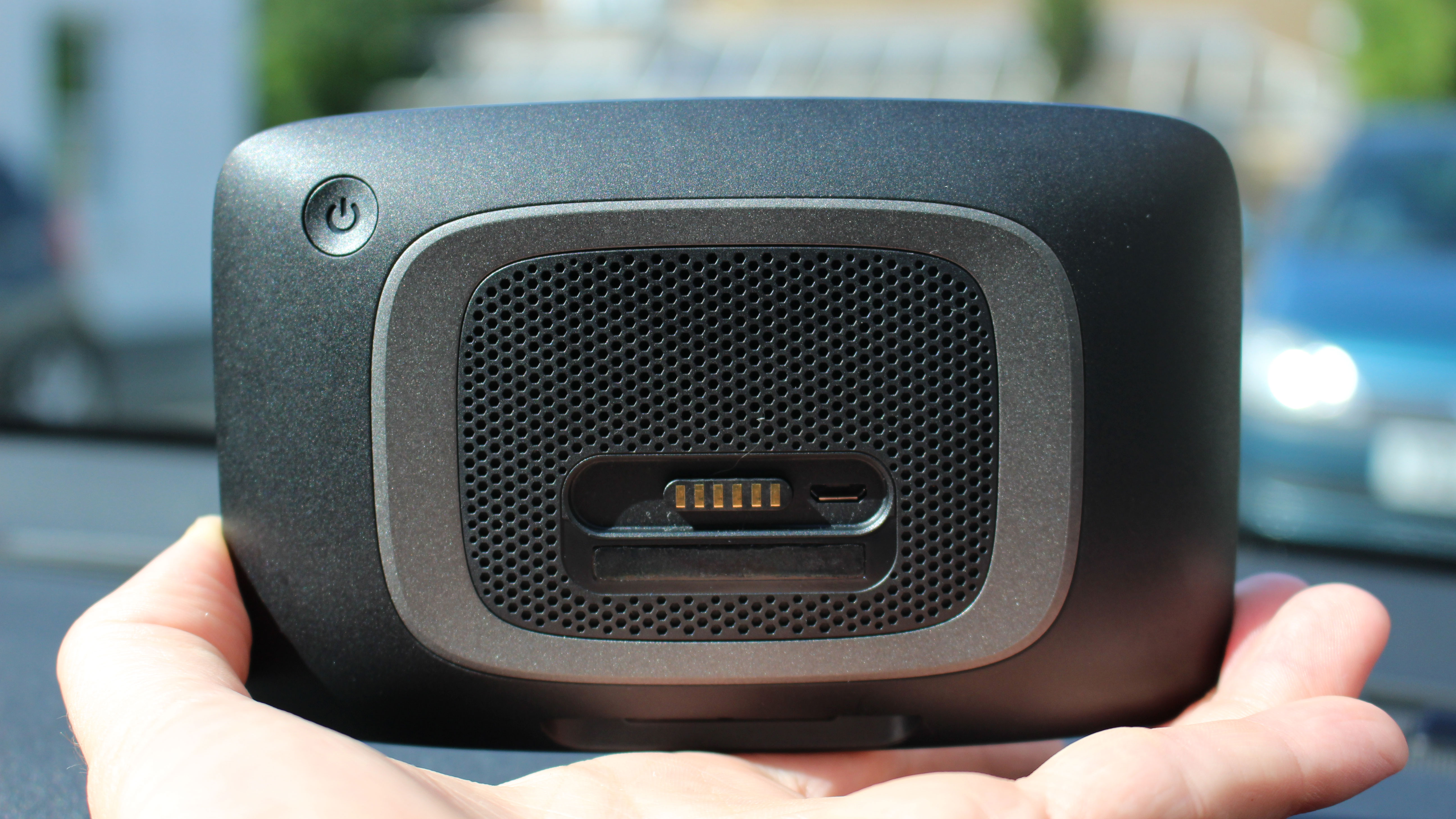
The 6200 is the same is every way, including functionality, the only way that it differs is that is has a 6-inch screen.
There were a couple of times when icons on the screen felt a little small on the 5200, and without the option of changing icon size, the only real option is to go for the bigger model if you think that’s going to annoy you.
As this is a device that you’re going to be using regularly and for many years, we really recommend making sure you spend wisely and get the device you really need.
Andrew London is a writer at Velocity Partners. Prior to Velocity Partners, he was a staff writer at Future plc.
